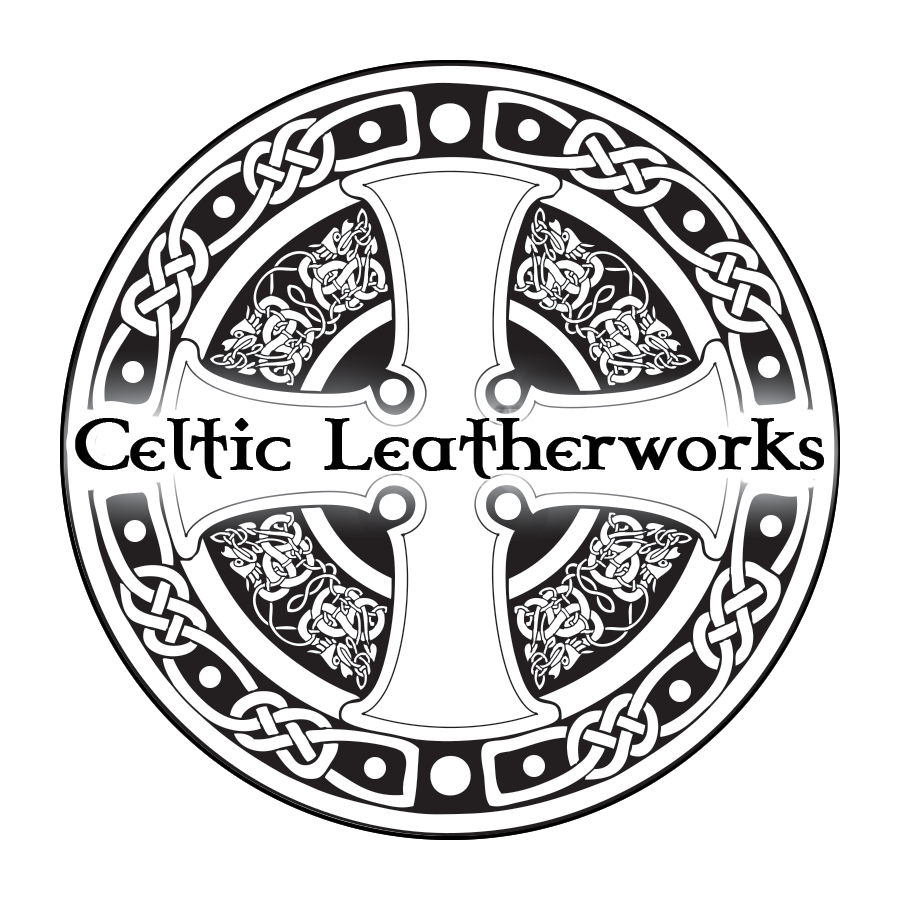Description
About the Seamair:
Known as the Irish Gaelic word for clover, “Seamair” typically refers to the diminutive three or four-leafed green plant called a “shamrock”. In its three-leafed variety, the Seamair was adopted by the early Christian church in Ireland (through the direct support of Saint Patrick) as a representation of the Holy Trinity. Though the plant has tentative connections to early Pagan Celts, the broadest acceptance of the little clover sprig seems to be as a representation of both Christian faith and Irish unity. A tradition of romance is connected to the Seamair as well: Irish brides sometimes tuck a shamrock into their bouquets to bring their marriage a lifetime of love and luck. Despite its religious and romantic connections, the Seamair gained a martial history during the turbulent 18th century in Ireland. Clovers and shamrocks in a variety of forms were worn by militiamen as a symbol of their devotion to Ireland. Since 1800, the Seamair has been included in the Royal Coat of Arms of the United Kingdom, along with the English Rose, the Scottish Thistle, and the Welsh Daffodil. Our Celtic Leatherworks Seamair design features a spiraling cluster of heart-shaped leaves that spring triumphantly from a center triquetra, augmented with trefoil knots that frame the three-leafed clover.
About the Sporran:
The sporran is made from black leather
The hand-stained flap was cut from top-grain vegetable-tanned leather
Metallic beaded leather drawstring cords
Functionality:
The bag utilizes a leather drawstring cord to close the bag at the top. The second leather cord is used to loop over the concho or clasp on the flap to hold it closed. The back of the sporran is reinforced at the top with vegetable-tanned leather. The flap attaches to the back of the bag at the top with heavy-duty snaps. There are two D-rings to attach the sporran to a belt. The loop will comfortably fit on a 2.5-inch belt should you choose to wear it that way.







 Click on the image to purchase the Albannach Sporran from the band.
Click on the image to purchase the Albannach Sporran from the band.